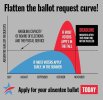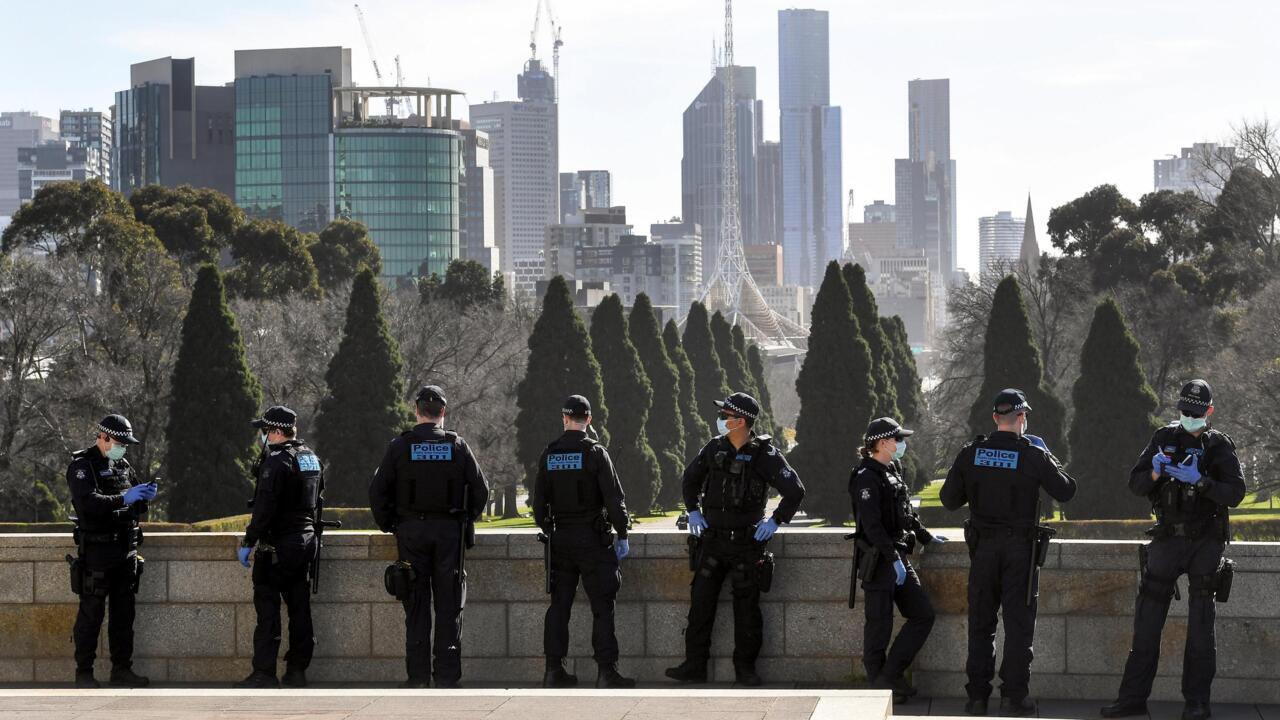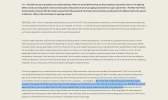These are a couple of the quotes that really stand out to me from this piece:
“One has to wonder, how did this come about? Why weren’t we behaving this way before, when seasonal influenza is known to kill up to 650,000 people globally every single year? Why didn’t anyone ever care about saving all of those millions of people? If we really can stop infections, we murdered all of them!“
“Prior to tricking us with his [Neil Ferguson] unreviewed COVID paper in March 2020, he made several other very entertaining predictions:

 medium.com
medium.com
“One has to wonder, how did this come about? Why weren’t we behaving this way before, when seasonal influenza is known to kill up to 650,000 people globally every single year? Why didn’t anyone ever care about saving all of those millions of people? If we really can stop infections, we murdered all of them!“
“Prior to tricking us with his [Neil Ferguson] unreviewed COVID paper in March 2020, he made several other very entertaining predictions:
- 2001: predicted 150,000 deaths from foot-and-mouth disease, resulting in the mass culling of eleven million sheep and cattle. Reality: fewer than 200 deaths.
- 2002: predicted 50,000 people would die from exposure to BSE (mad cow disease) in beef. Reality: 177 deaths.
- 2005: predicted 150 million deaths from bird flu. Reality: 282 people died worldwide over a period of six years.
- 2009: predicted swine flu would kill 65,000 Britons. Reality: 457 deaths in the U.K.”

“Superstition in the Pigeon”: Can Lockdowns Really Stop Death?
The third month of 2020 came with a friendly governmental FYI: “your actions, good citizen, can either stop death, or cause death. ‘Stay…




